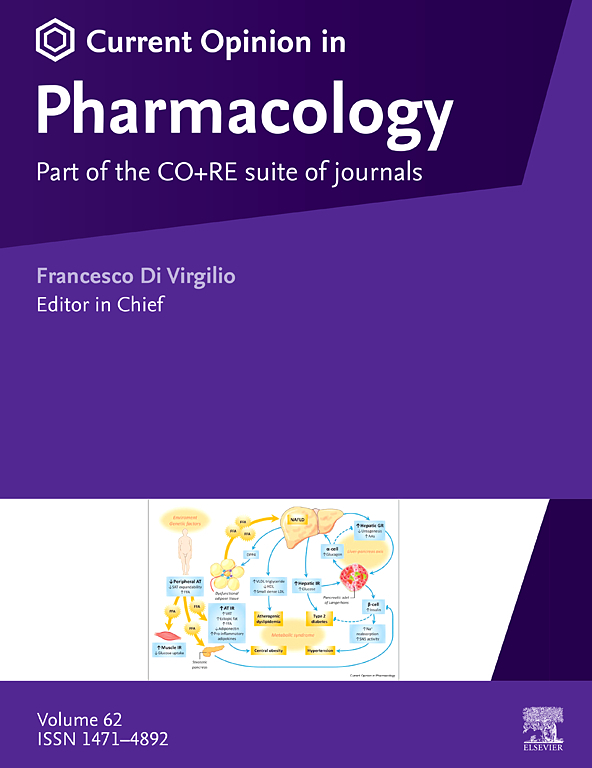Curr Opin Pharmacol. 2022 Jan 19;63: 102178.doi: 10.1016/j.coph.2021.12.005. Online ahead of print.
Stephanie Häfner 1, Guillaume Sandoz 2
Affiliations
1 Rudolf Schönheimer Institute of Biochemistry, Division of General Biochemistry, Medical Faculty, Leipzig University, Johannisallee 30, 04103 Leipzig, Germany; Université Côte d’Azur, CNRS, INSERM, iBV, France Institut de Biologie Valrose, Laboratoire d’Excellence, Biology of Ion Channels, Nice, France.
2 Université Côte d’Azur, CNRS, INSERM, iBV, France Institut de Biologie Valrose, Laboratoire d’Excellence, Biology of Ion Channels, Nice, France. Electronic address: sandoz@unice.fr.
Abstract
Photopharmacology allows for the remote control of ion channels and receptors by the application of light-sensitive compounds. Upon irradiation with light these molecules change their configuration, enabling channel modulation with both spatial and temporal resolution. For the control of potassium channel physiology mainly two approaches have evolved. Photoswitchable tethered ligands (PTLs) and freely diffusible photochromic ligands (PCLs), targeting K+ channels, serve to gain insights in neuronal functions of the brain and the heart, whereby the molecules have been refined in the past years with special focus on improving switching characteristics in terms of red-shifted wavelengths and temporal resolution. In this review we provide an overview about the application of these tools in studying potassium channels and neuronal circuit, highlighting recent developments towards future implementations.
PMID: 35065384
DOI:10.1016/j.coph.2021.12.005

